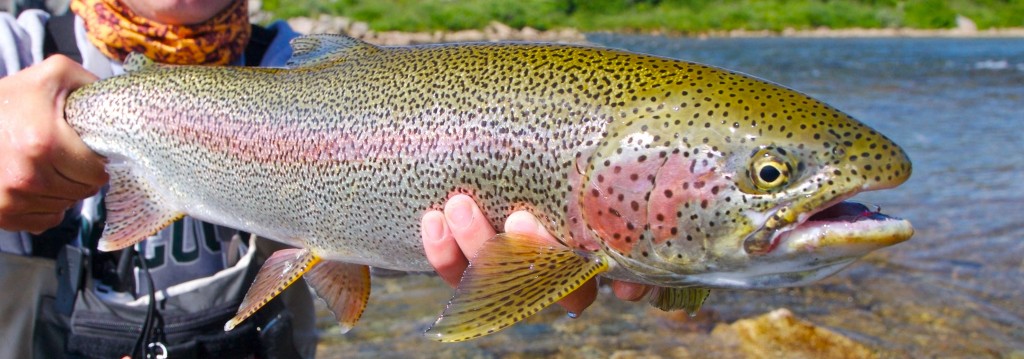Advice on eating fish as a bodybuilder
We all know how important Omega-3 and Omega-6 fatty acids are. We can’t survive without them and they have dozens of benefits. And of course fish is the best source for these. So does it make sense to eat a lot of fish? Not really.
Unfortunately, most fish has a small amount of toxins and heavy metal as mercury in their bodies and eating a lot of fish could lead to side-effects in a long term. The bad part about mercury it that doesn’t dissolve, instead it accumulates in the body. And if you accumulate enough mercury in your body, you could damage your central nervous system and greatly increase a risk of heart disease. So eating too much fish will give you exact opposite effect of essential fatty acids.
So to get enough essential fatty acids you must use fish oil instead. It’s concentrated and it doesn’t have any toxins or mercury in it. So that answers that.
But how much fish should you eat?
That depends entirely on the type of fish. If it has high amounts of mercury, like pike, some types of tuna, king mackerel and few others you don’t want to eat more than 200 grams per week. With fish low in mercury like mullet, salmon, pollock, you can safely eat up to 1kg a week. Don’t go higher than that though, if you eat fish every week. Even that is not much for a bodybuilder – just around 5-6 meals weekly. That’s why fish cannot be a substitute for the meat. To find out what meat is best for bodybuilders, check one of our previous articles – “3 Best types of meat for a bodybuilder”
What fish should I eat?
Since the amount is limited, it’s not wise to eat “any” fish. As a bodybuilder you need fish with maximum amount of protein and really low amount of fats, and of course with low levels of mercury and toxins.
So here is top five fish:
1) Skipjack Tuna. Well-known fish with great amounts of protein (25g/100g) and just 4 grams of fat per 100 gramm. Low on mercury as well. Tastes great too. Very good choice. ALL other tunas have much higher mercury levels, so be aware of that.
2) Perch (any type). Around 19 grams of protein, just 1 gram of fat. Low in mercury and widely available. Very nice taste as well. Makes it’s a good choice.
3) Carp (any type). 18 grams of protein per 100 grams of fish, and just 4 grams of fat. Pretty nice. Very common and easily available across Europe. Tastes good, but it has a lot of small bones, and it’s annoying to pick them out.
4) Hake. Not that much protein as we want, around 16.5 grams per 100 gram of fish (uncooked), but the fat is almost non-existent (<1gram) and it’s really low in mercury. Makes it a good choice for consuming in large quantities.
5) Brook Trout. Don’t confuse with Rainbow Trout, which is more common and it’s quite fatty. Quite rare, but it’s high in proteins (~19g/100) and very low on fat – just around 2 grams. Tastes nicely. The only problem is availability.
Now that you know which fish you should eat, learn what fish should not be consumed frequently:
1) Pike (high mercury levels, but high in protein and low on fat)
2) Big-eye Tuna (high mercury levels, but high in protein)
 3) Salmon (high in fat, but healthy overall to enjoy it occasionally)
3) Salmon (high in fat, but healthy overall to enjoy it occasionally)
4) Tilefish & swordsfish (extremely high in mercury – 1st and 2nd fish on the list, better to avoid altogether)
5) Rainbow Trout (as with salmon – this thing is high in fat, but healthy and low in mercury.)
By now, hopefully, you have a basic understanding and you will make the right choices. And don’t forget to buy some good fish oil to get your dosage of Omega-3 & 6!
